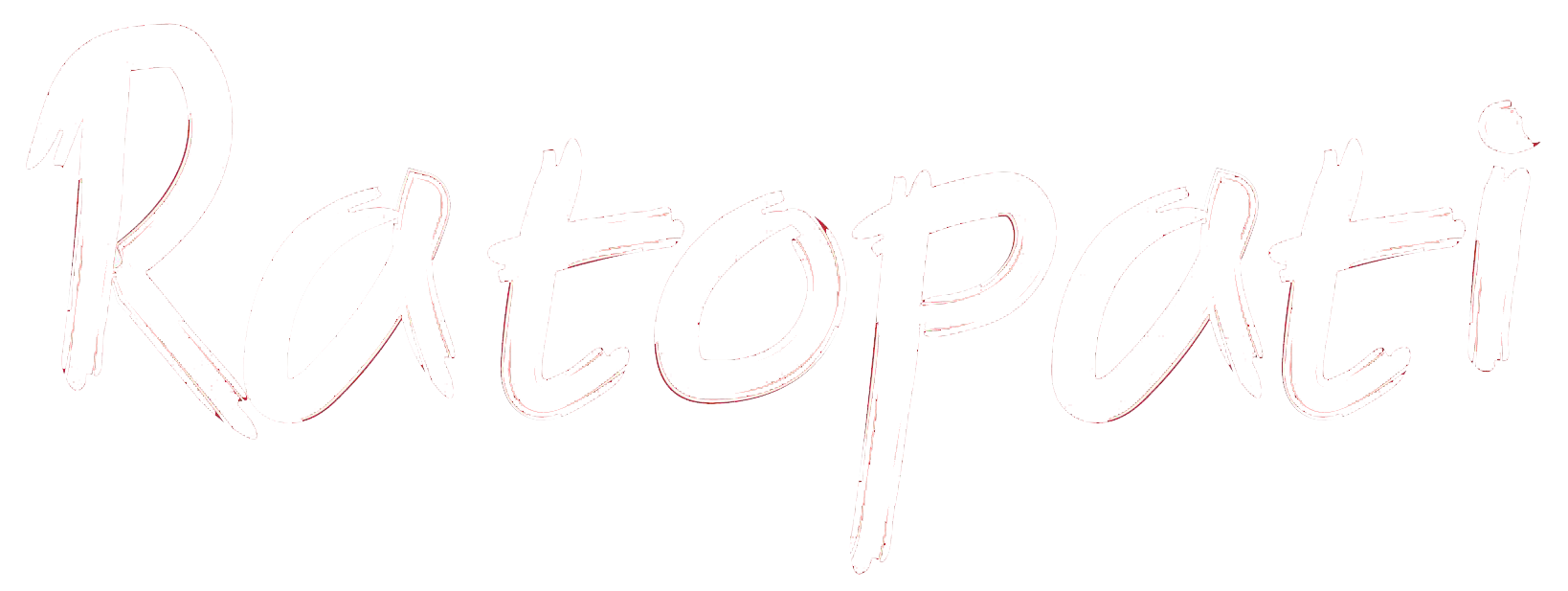The legacy of Louis Braille in Nepal: Driving innovation and inclusion

Louis Braille is regarded as the father of the Braille script-a writing system used by blind individuals all over the world. Braille Script is the tactile writing system that uses raised dots, arranged in patterns in a physical, touch-based format. Development of this system has been a transformative innovation worldwide for visually impaired individuals, bridging gaps in education and independence. Braille was born on 4 January, 1809, in Coupvray, France, a small village 25 miles away from Paris. He became blind at age 3 and had to fight hard to pursue studies when formal education for the blind in accessible format was impossible. Braille's determination to overcome personal adversity gave birth to a new era of accessibility in education benefiting visually impaired people. His invention has greatly affected education for the blind to be more resilient and empowering in Nepal. Every year, his birthday is celebrated all over the world, including in Nepal.
The Advent of Braille in Nepal
It all began with some dedicated souls who dreamed of inclusive education for visually impaired people in Nepal. One such pioneer was Janga Bahadur Bogati, who, during a visit to India, came across the Braille system. He returned to Nepal as a blind teacher and devotedly worked for the teaching of visually impaired students at Laboratory School. This marked the beginning of inclusive education in Nepal.
Professor Kumar Thapa, who uses Braille script, informs that Nepal's initiation to introduce Braille into formal education started in 2018 B.S. with a literacy program initiated by two blind brothers, namely, Birendra Rangon and Gyanendra Rangon through the Patan School for the Blind. The school, which ran for only six months, nevertheless paved the way for further development. By 2021 B.S., the Laboratory School became the first government-supported institution to include Braille education formally, paving the way for implementation nationwide.
Standardization of Nepali Braille
Till the publication of the Nepali Braille code on 10th Magh, 2063 B.S. by the Special Education Council, it was a milestone in Braille education in Nepal. Due to the fact that before this, there was inconsistency in the resources and teaching methodology, satisfactory progress was not achieved. Since then, publication of the first books in Nepali Braille marked a turning point for better accessibility, promoting inclusivity in education.
The Current Scenario of Braille Education
Article 31 (4) of the Constitution of Nepal explicitly guarantees free education to visually impaired students in Braille script. Despite the provision, implementation gaps remain. The National Census of 2078 B.S. estimated 0.499% of the population has blindness or low vision, although the WHO suggested it is higher. Currently, around 1,800 students in special schools like the Purvanchal Gyanchakshu School (Special School), Dharan, apart from facilities in 16 in integrated schools and 79 Resource Classes. But then, textbooks in Braille are only available up to grade 12+, thus creating hiccups for students when seeking higher education.
Challenges Beyond Academics
Blind students have difficulties extending beyond learning in a classroom. Social stigma often leads to isolation, and some families perceive visually impaired children as burdens. Further, inadequate infrastructure—like the lack of tactile pathways in public spaces—limits mobility and increases dependence. These issues lead to dropout rates, which hamper future personal and professional growth opportunities.

Technological Innovations in Braille
The world has given the blind technological advancements. The innovation gives hope to resolve these challenges. For instance, Refreshable Braille Displays Translate digital text into tactile dots for real-time reading. In the same way, Braille Notetakers and Embossers facilitate Braille writing and printing. Braille Scanners and Translation Software converts printed text into Braille. These devices are, however, essential but expensive. Besides, these technologies must support Nepali Braille, including contracted forms, to maximize their impact. Compatibility with advanced digital Braille displays is necessary for modernizing Nepal's Braille education system.
Pathways to Progress
- Developing Contracted Braille: The development of contracted Nepali Braille, where the use of codes is restricted to shorten words, will reduce bulkiness in Braille books and enhance their practicality and acceptability among students and academics.
- Improving Educational Infrastructure: Schools should have Braille-friendly architecture, such as tactile pathways and accessible facilities, to increase confidence and mobility among visually impaired students.
- Subsidizing Advanced Tools: Collaboration between governments and NGOs is essential to make advanced Braille technologies affordable. Financial support can help students and educators integrate these tools seamlessly into the learning process.
- Combating Social Stigma: Community engagement and awareness campaigns are critical to transforming societal perceptions and creating an inclusive environment where visually impaired individuals can thrive.
Conclusion
The discovery by Louis Braille has served as a torch to light up the path toward educational development and accessibility for visually impaired individuals. His legacy in Nepal stands as a cornerstone for reforming systemic barriers and embracing innovation. Contracted Nepali Braille, advanced technologies, and inclusion hold the key for the Nepalese to tap the full potential of the visually impaired community. In that respect, carrying on Braille's dream guarantees the right to education universally so that no pupil is incapable of developing their capabilities
(The writer is an English teacher with a visual disability at Padmodaya Secondary School in Kathmandu and Chairperson of the Nepal Blind Support Association. A former journalist at Nepal 1 TV, Metro FM, and Nepal FM, he made history as South Asia's first television newsreader using Braille script.)









Leave Comment